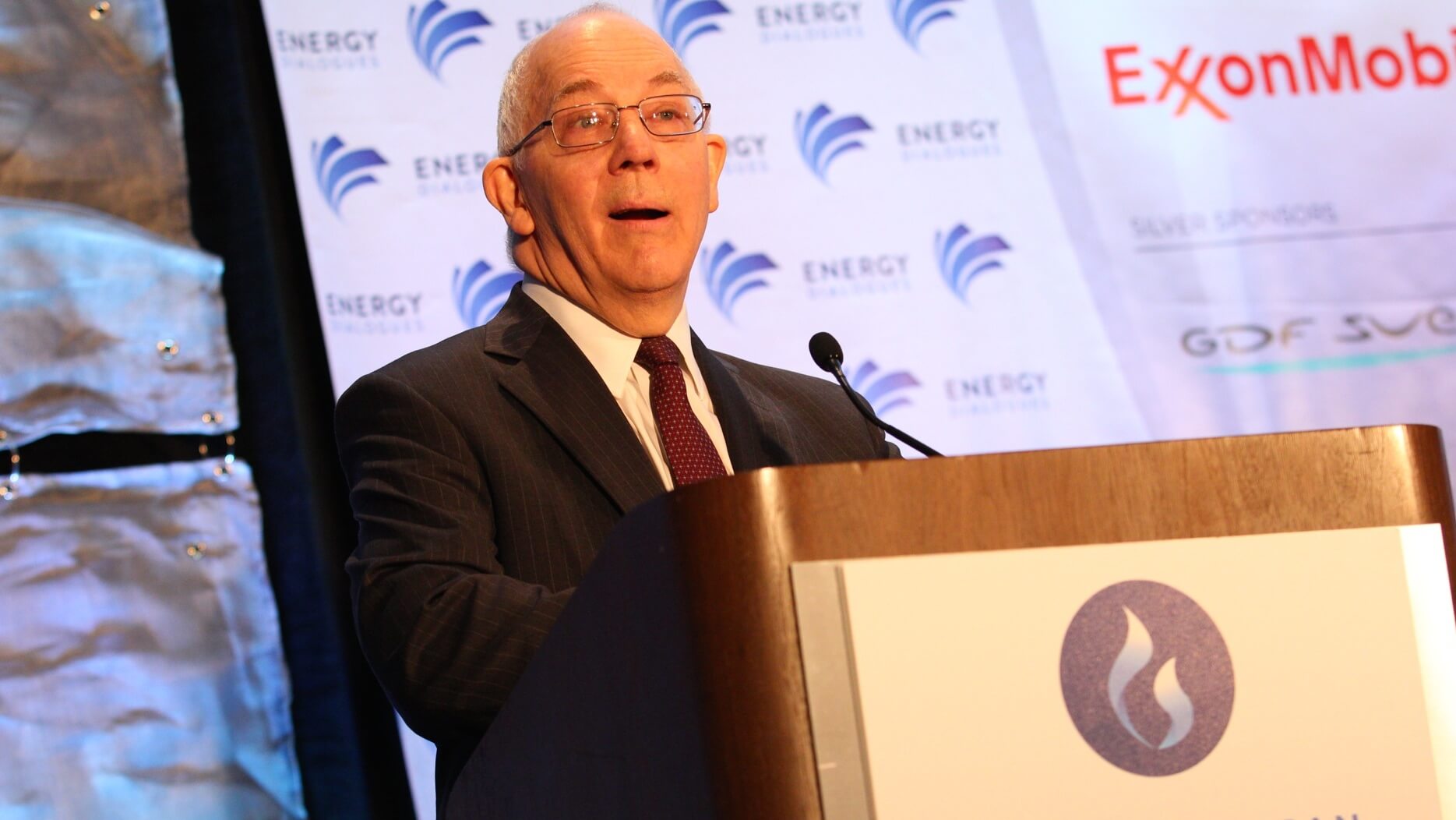What are the Most Important Factors Underlying North American Natural Gas Markets?
By EDWARD DODGE
The North American Gas Forum was held in Washington D.C. Sept 28-29. The event brought together leaders from across the natural gas supply chain to discuss the latest developments and important issues in the industry today.
Keynote speakers were Adam Sieminski, Administrator of the U.S. Energy Information Administration discussing the impressive growth in gas and oil production since the advent of the shale boom in 2008 and why production is driven by prices and improving technology. FERC Commissioner Tony Clark addressed issues of infrastructure, saying that supplies are not a problem but that adequate infrastructure is needed to minimize price volatility, particularly during extreme weather events such as last winter’s polar vortex which saw spot prices for natural gas hit $120 per mmbtu in Boston when they were only $3 or $4 in nearby Pennsylvania.
As a North American Conference, knowledgeable speakers from Canada and Mexico provided insights into the trends in their countries. The substantial reforms in Mexico, opening up the country to foreign investment and expertise was detailed by Edgar Rangel-German, Commissioner of the National Hydrocarbon Commission of Mexico. Mexico has enormous oil and gas resources both onshore and offshore, conventional and unconventional, which has always been developed by the single national oil company Pemex. With production declining and resource complexity increasing, the Mexican government decided to make constitutional reforms to allow partnerships with foreign companies to rebound production. At the same time reforms in the power sector are increasing gas imports from the US with the goal of lowering electricity costs and decreasing pollution.
Canada is similarly undergoing profound changes in its oil and gas markets. Tim Egan, President and CEO of the Canadian Gas Association detailed how Canada has long been the biggest exporter of natural gas to the United States, but they now find themselves in a more competitive environment due to US shale production while they also experience growing production of their own. Canada is investing in LNG export projects while continuing to harmonize cross-border flows. Many efforts are being made to optimize North American energy markets to benefit all three countries.
LNG export plants were detailed by leading executives who spoke of the cost and complexity of the projects and permitting processes. Experiences with retrofitting idle gas import terminals for export were presented by Sempra LNG, Cheniere, GDF Suez and Golden Pass LNG, while construction details were provided by contractors such as Kiewit and CBI. There is a great deal of demand for skilled labor on these projects and labor union representatives were on hand to show that they are actively working to train workers and be a part of the solution.
Shale gas production that shows no signs of slowing down was detailed by exploration companies such as Shell who spoke about their new “gusher” well in the Utica Shale in northeast Pennsylvania, an area that had previously only been known for Marcellus production. There is great uncertainty in unconventionals in the sense that the resource base just continues to grow, learning curves are impressive and capital efficiency is improving. There are new players all the time making discoveries and the industry is very dynamic and exciting.
Matt Most, VP of Encana spoke about the “social license to operate” and the importance of working with communities when drilling. Encana has major operations in Colorado where there were recent ballot initiatives that would have effectively banned drilling in much of the state. While the ballot initiatives were not successful, the ongoing protest and moratorium movement cannot be ignored by the gas industry and it is critical to maintain good community relations by providing genuine economic benefits, minimizing environmental harms and having open communications.
Improving technology and techniques, particularly around water issues, helps to both reduce costs for drillers while also minimizing complaints around water use and disposal. Similarly for methane leakage, cost effective repairs and components reduce greenhouse gas emissions and preserve more methane as product for sale. The industry needs to work every day to address legitimate community concerns and present proactive messaging or else they risk losing public trust and their ability to work at all.
There is increasing demand for natural gas as well as increasing supply. The power sector is seeing the greatest growth as cleaner, low cost gas is steadily replacing coal for producing electricity. But impressive growth is being seen in maritime applications as new emissions rules as well as costs are pushing the shipping industry into a whole new generation of LNG-fueled ships. New engines for big trucks from Westport-Cummins are enabling tractor trailers to take advantage of low-cost LNG fuel and fueling stations are being built out by Clean Energy Fuels. Fuel oil and coal boilers in buildings are also being replaced or retrofitted for natural gas by firms such as Direct Energy.
There was a panel of Congressmen, Rep’s Gene Green from Texas, Michael Turner from Ohio and Scott Tipton from Colorado gave the perspectives from their states and discussed some of the legislative activities they are working on. Paula Gant from the Dept of Energy and other government officials also spoke.
Two days of excellent information from an international roster of seasoned executives, senior analysts, government officials and technical experts gave everyone in attendance a full quantity of rich perspective on specific projects and everything from supplies to demand, infrastructure, policy and technology.






